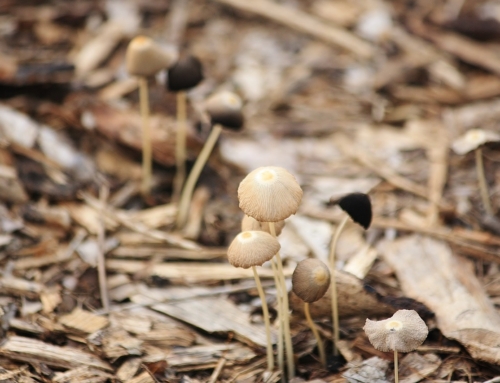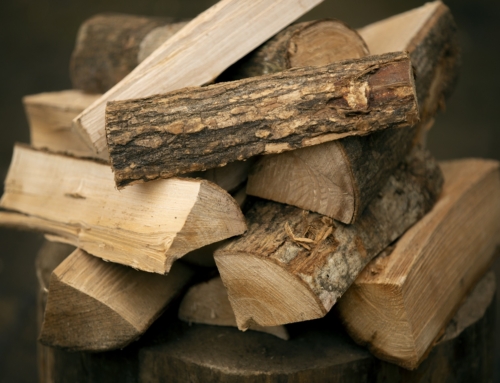More and more people are turning to wood-burning stoves for heating. But how can you ensure that your stove is as Eco-Friendly as possible?
The Green Revolution
Over the last few decades, the world has been waking up to the fact that humankind has been engaging in careless practices, causing undue harm to the environment over hundreds of years. The burning of unsustainable fuels is haemorrhaging 43 billion tons of carbon dioxide into our atmosphere year on year. We will have to offset that amount entirely to save the climate in the next fifty years.
So, it’s no wonder that everyday consumers like us are trying our best to limit our own carbon footprints to ensure a safer future for our youngest generations. In the UK, the market for sustainably sourced products has grown by 400% in the last twenty years. Surveys of consumer practices in 2021 showed that 48% of UK consumers valued sustainable and ethical issues, and 32% were highly engaged in adopting a more sustainable lifestyle.
Green energy has inevitably seen a swift rise in recent years, in no area quite like the sales of wood-burning stoves. More than 1.5 million homes in the UK have a wood-burning stove, and around 200,000 are bought every year. But how green are wood-burning stoves?
Is Fire Wood Renewable?
When wood burns, it releases carbon dioxide, a harmful greenhouse gas, contributing to climate change. So why is wood any better than coal, oil, and natural gas? The answer is simple. As a tree grows, it absorbs carbon from the atmosphere and releases oxygen. When you burn the wood from the tree, it produces as much carbon dioxide as it had absorbed in its lifetime, making the net carbon emission effectively zero. Through the practice of sustainable forestry, the logs you burn in your stove are a great renewable energy source.
Firewood is a great renewable energy source, emitting far less CO2 per kilowatt/hour than gas and electricity. Bad practice can and does limit the efficiency of your stove. There are many ways you can get your stove burning cleaner.
It’s All About Moisture
One of the easiest ways to make your stove burn cleaner is to use dry wood. Since 1 May 2021, firewood suppliers have been banned from selling logs with more than 20% moisture content. The less moisture in the wood, the more complete the combustion, meaning less carbon monoxide and less particulate emissions.
It may be tempting to burn wood sourced from your garden, but you must be patient if you’re going to do that. It can take as long as two years for wood to air-dry naturally. You can buy moisture content testers inexpensively. These are easy to use and extremely useful for those who season their own logs.
Kiln-drying is a very effective way of drying firewood and can quickly get the moisture content down to levels of 15-18%. Most kilns used for this purpose are run using renewable, biomass energy, meaning the carbon footprint for the logs remains near to net-zero.
Keep it Burning Hot
It seems a no brainer that you need to keep your fire burning hot to ensure complete combustion, but you need to ensure that the fire is blazing from the start. The fire won’t start very quickly without adequate airflow. Keep the door and air vents open while you get the fire started and ensure you’re using dry kindling.
To prevent carbon monoxide production, keep the fire burning in the region of 200°C and 250°C.
Keep it Clean
Keeping your stove clean and well-maintained is essential to reducing its environmental harm. The more ash and soot in your stove, the more starved of oxygen it would become, meaning incomplete combustion and more harmful emissions. It’s also important to check your stove over for any cracks, so you know your living room isn’t becoming polluted.
The flue needs sweeping regularly. Clogged and sooty chimneys can inhibit combustion and stop smoke from escaping. Carbon monoxide can come back down the flue when your fire is unlit and enter the room without you knowing (test your CO detectors).
Get a New Stove
Older stoves aren’t that efficient. New regulations mean new innovations, and the latest generation of wood-burning stoves are designed to ensure that harmful gases and particulates aren’t emitted. If you’re prepared to cut ties with your old and ineffective burner, look for one that is ‘Ecodesign Ready’.
If you live in a smoke controlled area and want to burn wood, you’ll have to ensure that your new stove is DEFRA Exempt.












